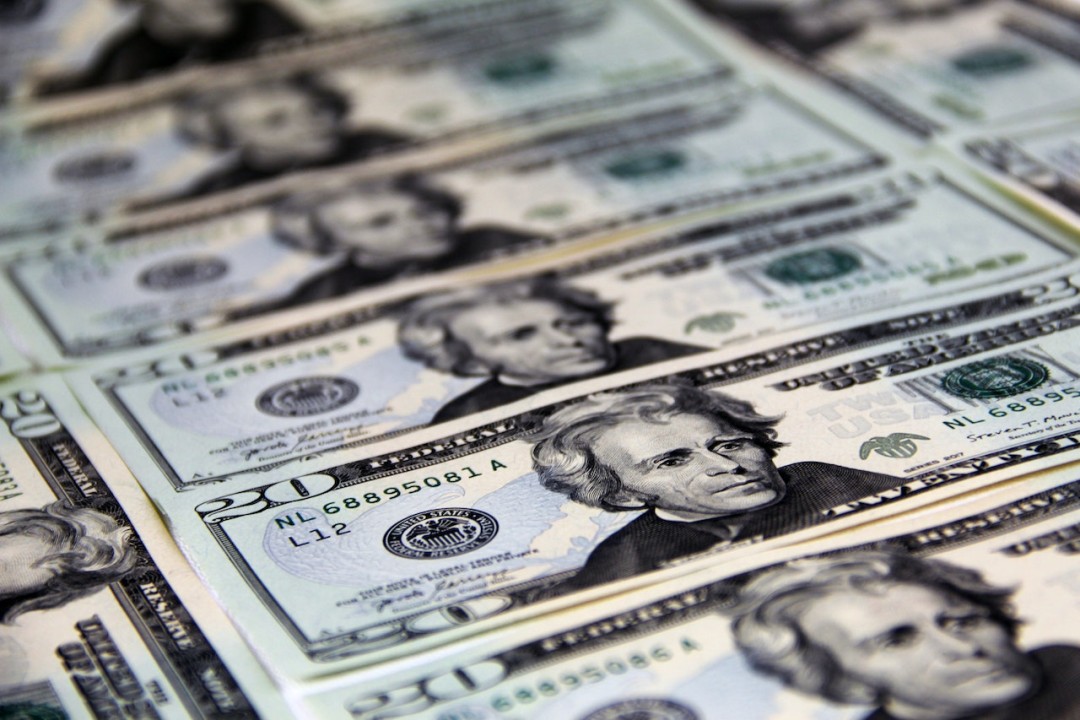Inflation: Definition, Types, Causes, Benefits
The Consumer Price Index (CPI) is used to determine the rate of growth of consumer prices, better known as inflation. It's used to measure the decline in consumer purchasing power as the prices of goods and services go up. In other words, it measures the change in price over a period of time. A 1% inflation rate implies that an item that cost $100 last year would cost $101 this year.
Separate index are prepared for various geographic areas for other countries and various geographic areas in the United States.
The US calculates CPI using almost 100,000 prices that are collected from thousands of retail and service business, as well as rental prices. It influences decisions made by the government, business, labor and individuals. The US president, Congress, and Federal Reserve Board use the Consumer Price Index to formulate fiscal and monetary policies. Part of the Federal Reserve Board's mandate is to keep inflation under control, and the central bank currently targets a 2% long-term inflation rate.
Higher rates of inflation tempt action by the Federal Reserve Board, which is expected to raise interest rates in response. Action by the Fed can cause stock market volatility in the short run, and rising rates can also cause bond funds to lose value.
If an investor earned 5% from investments in stocks and bonds, but the inflation rate was 3%, the investor only earned 2% in real terms.
There are three main types of inflation:
- Demand-pull inflation: Demand-pull inflation happens when demand outweighs production capacity. In other words, there is more demand for goods than the current supply is able to meet. As a result, prices increase.
- Cost-push inflation: Cost-push inflation occurs when production costs make it more expensive for companies to produce the same goods. In turn, market prices rise to reflect the increased cost of inputs.
- Built-in inflation: Built-in inflation occurs when workers demand higher wages to combat rising living costs. This type of inflation can cause a feedback effect wherein companies must raise prices continuously to meet the increasing cost of labor.
Pros
- Low and stable inflation can be an indicator of a growing economy.
- Benefits holders of fixed-rate debt, such as mortgages.
- Encourages consumption today rather than later.
Cons
- Reduces purchasing power since each dollar buys fewer goods.
- Higher prices throughout the economy hurt retail consumers.
- Harms retirees living on fixed incomes.
There have been several notable instances of hyperinflation throughout history. The most famous example is Germany during the early 1920s when inflation reached 30,000% per month. Zimbabwe offers a more extreme example when monthly price increases reached an estimated 79,600,000,000% in November 2008.
On the other end, it's entirely possible to have negative inflation with prices falling over time. This is known as deflation, and it is often seen in tough economic times. Deflation tends to be harmful to economic growth and was experienced particularly in the wake of the Great Depression and the 2008-09 financial crisis.
As inflation takes hold, a dollar will buy fewer goods and services than it did in the past.
---
Ready to invest in digital marketing for your business? Let's work together to create a plan designed around optimizing your business directory listings, while incorporating search engine optimization (SEO), content marketing, search engine marketing, lead generation and website design to ensure that your accounting practice is optimized to help you reach your goals.



